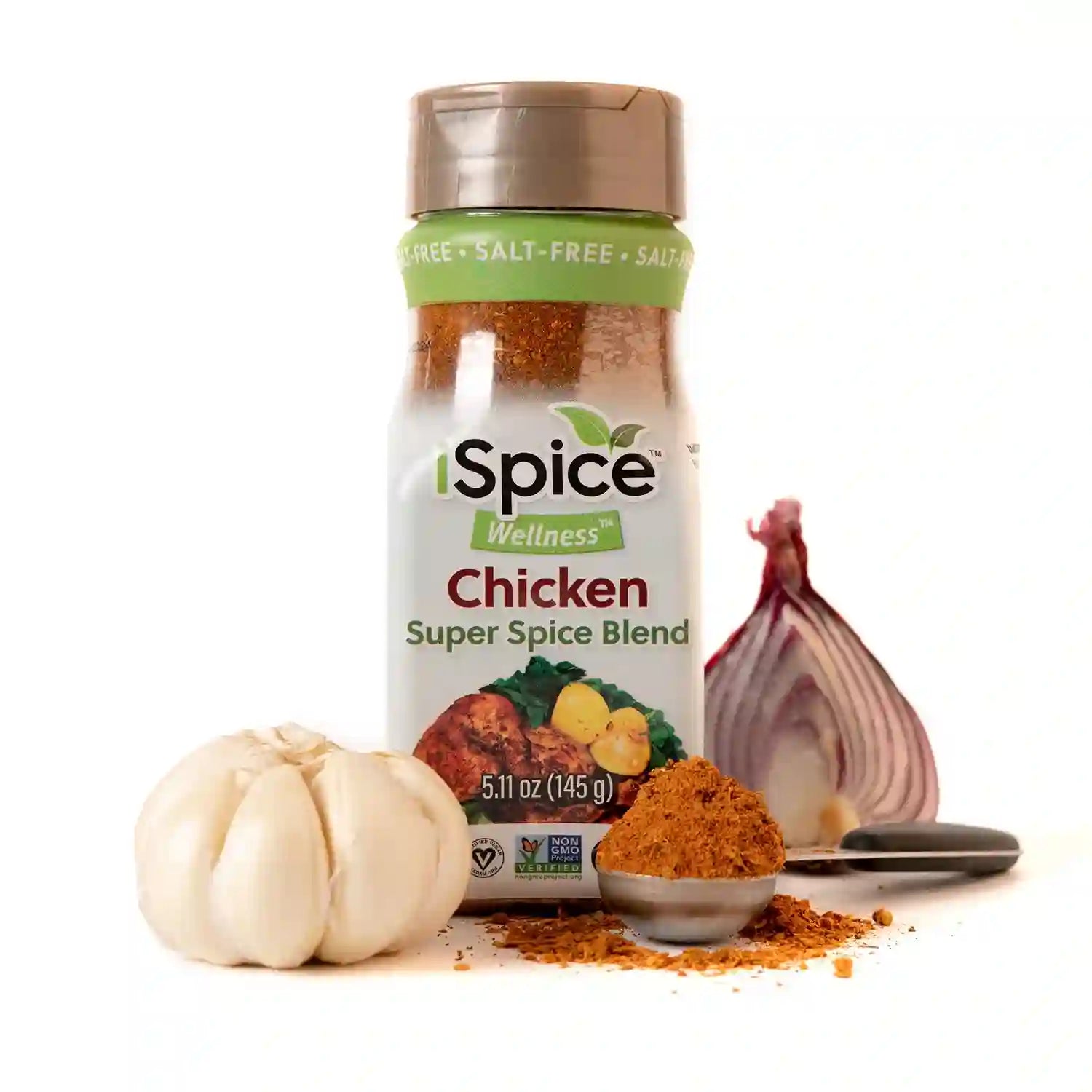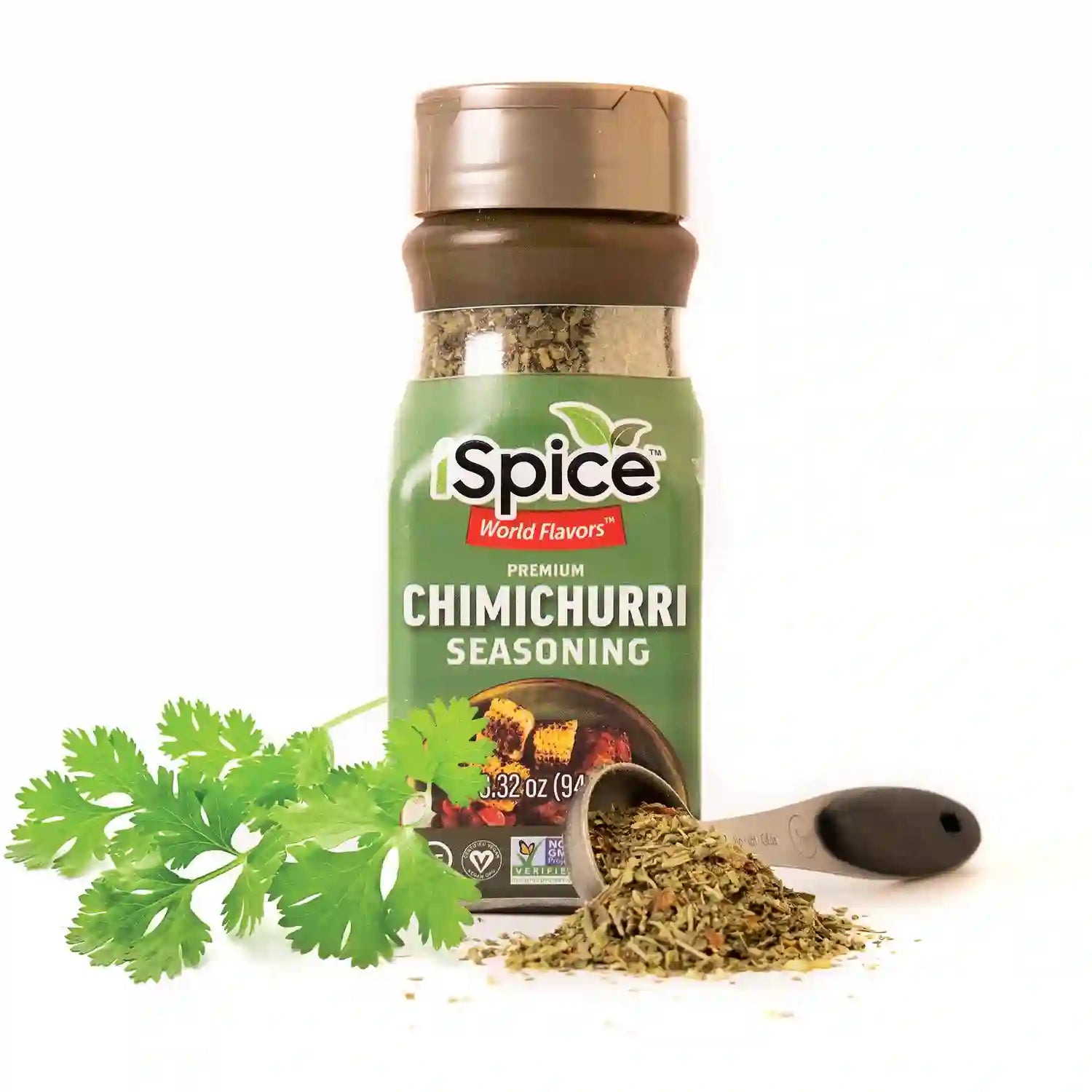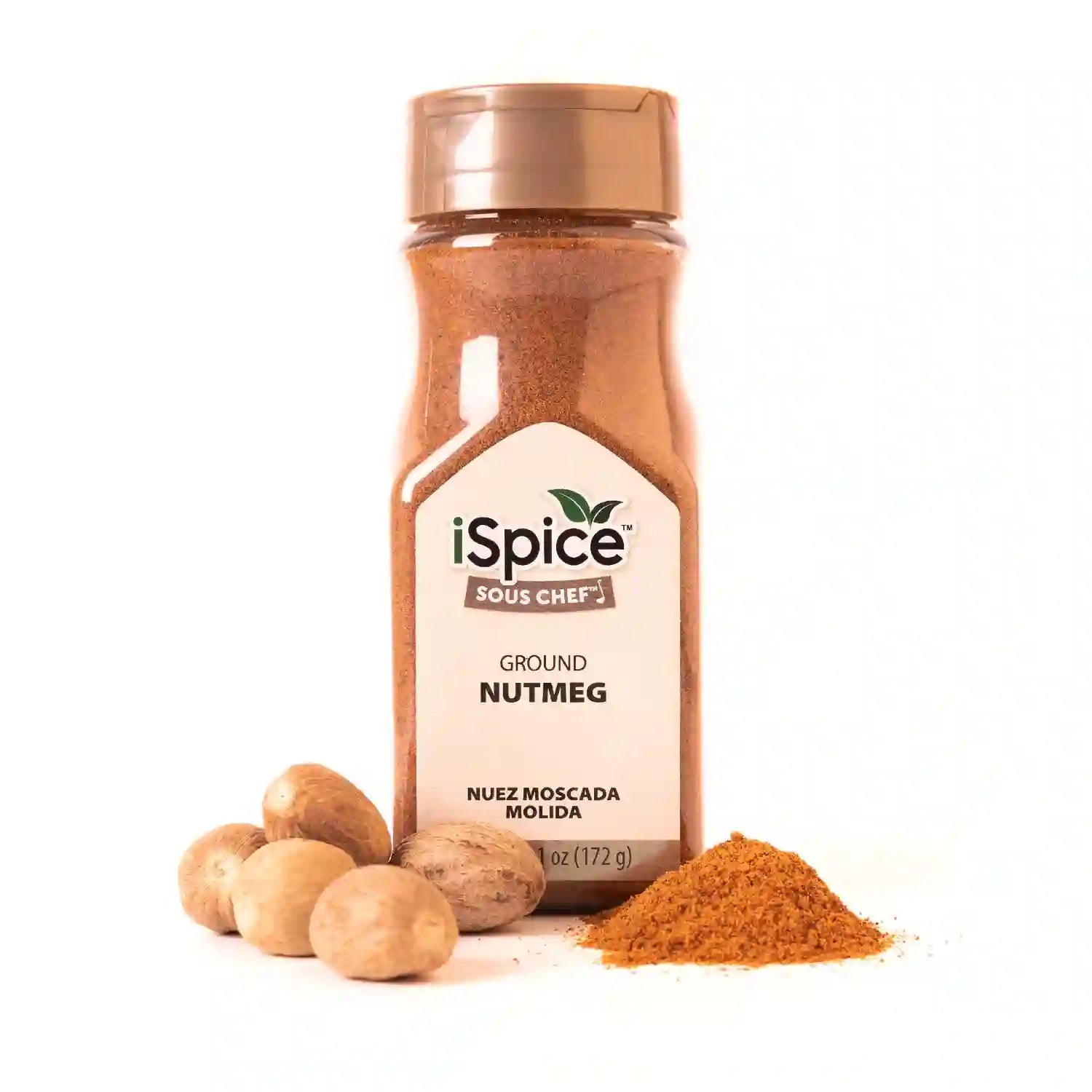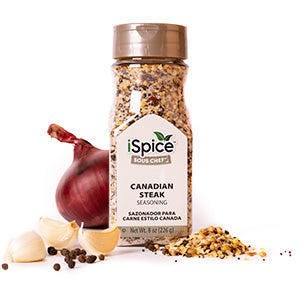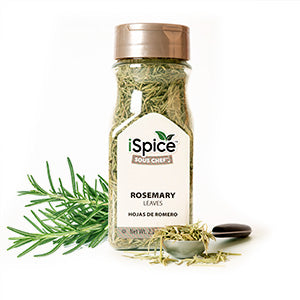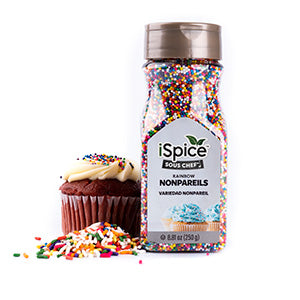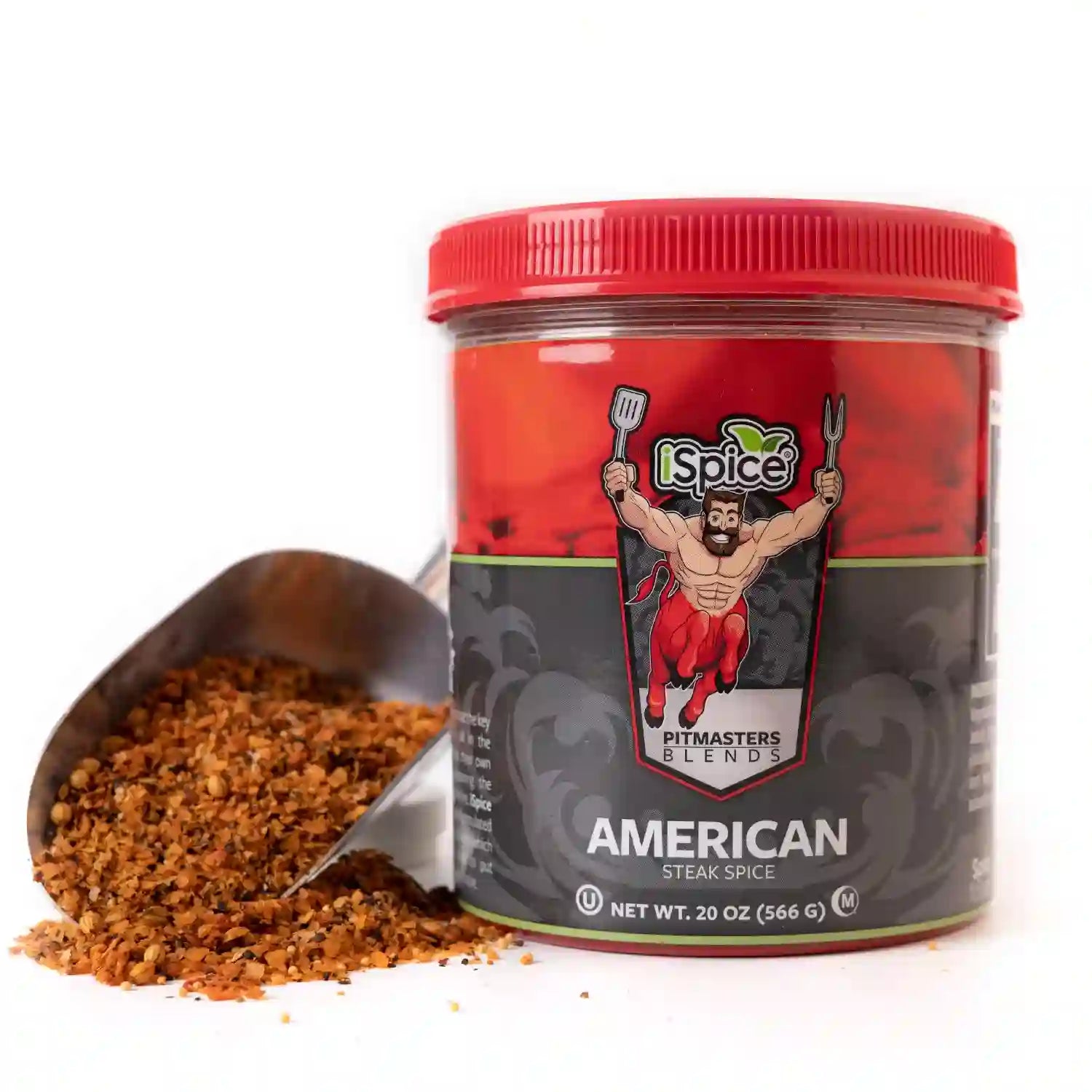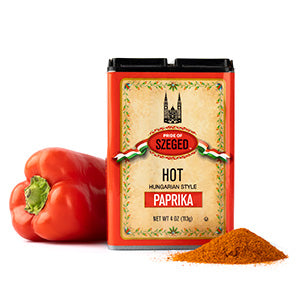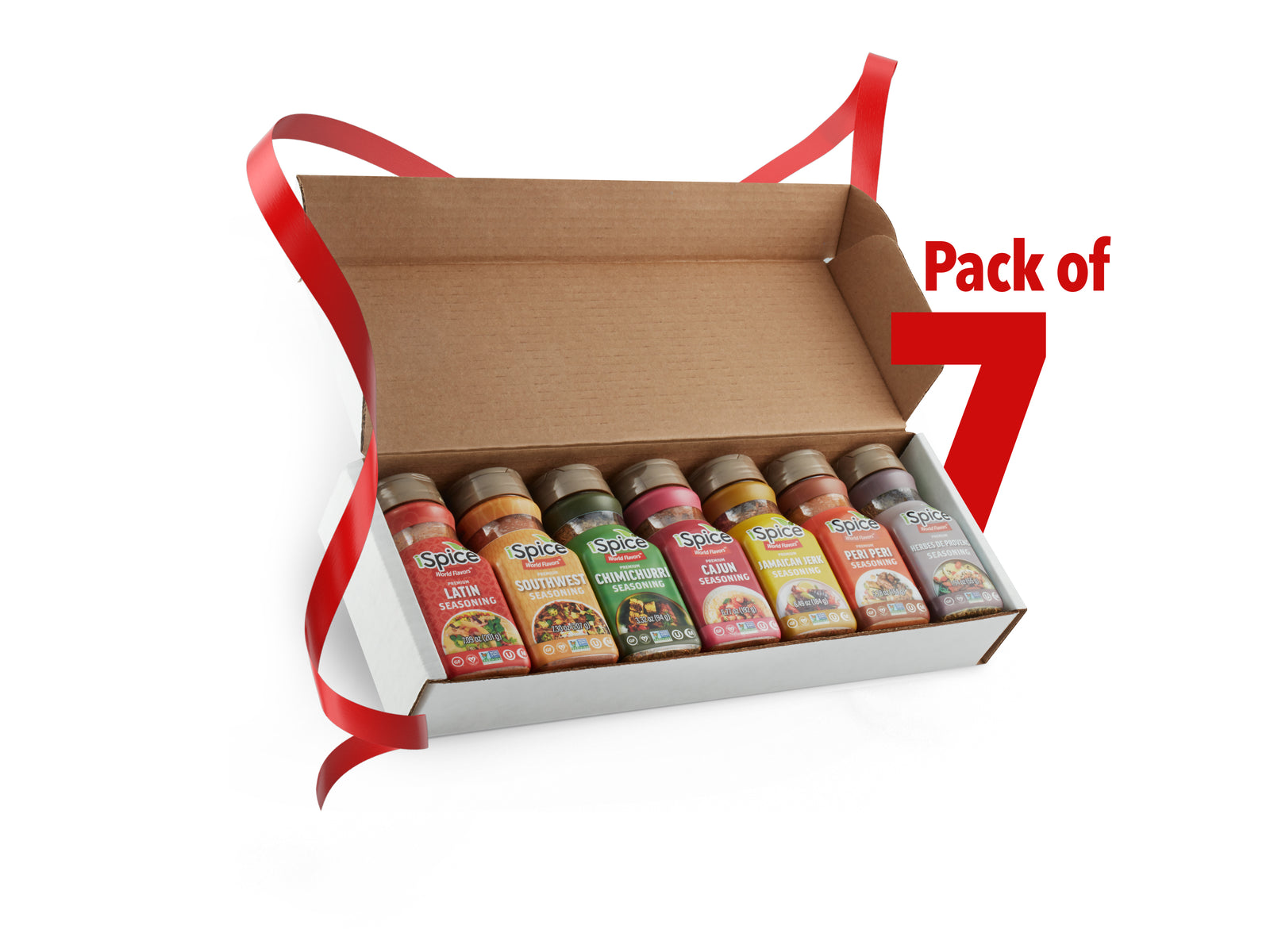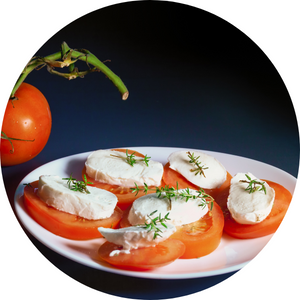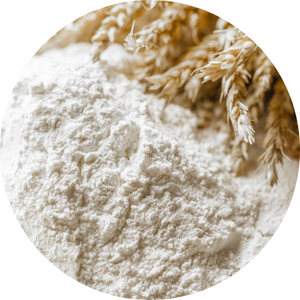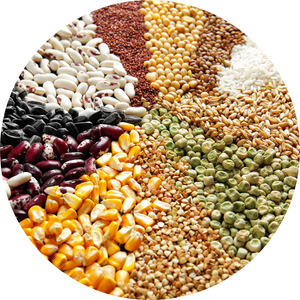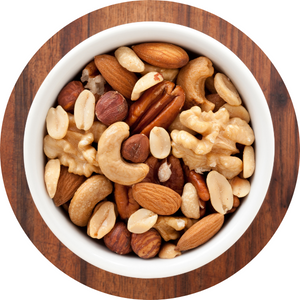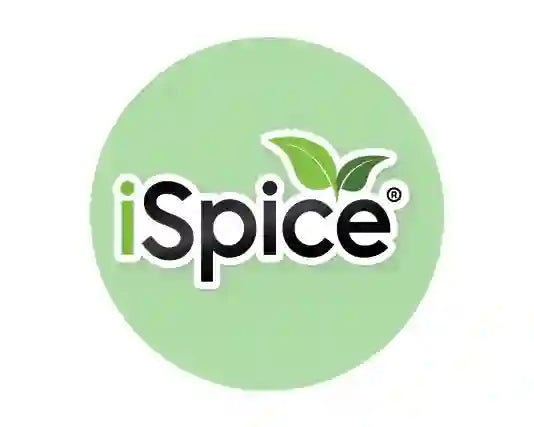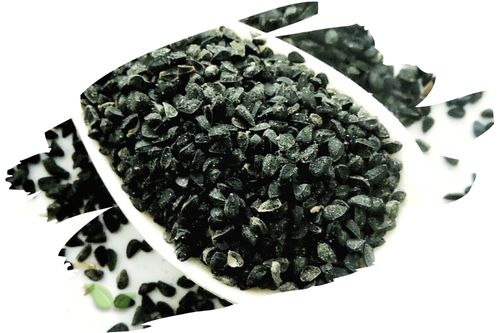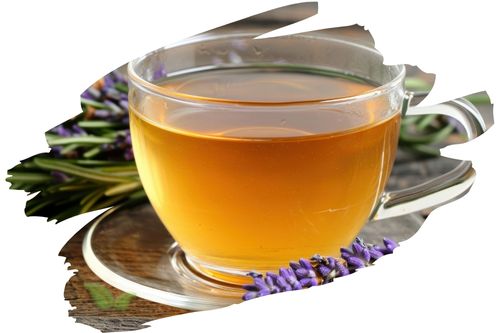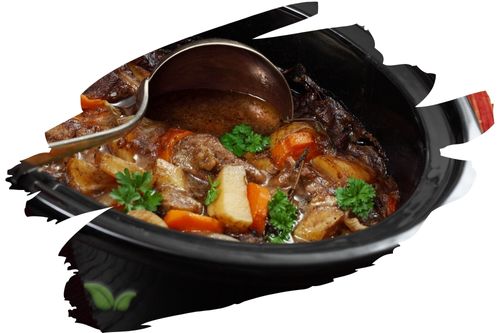
Introduction
Cooking is a joyful experience, but dealing with tough stains and burnt residues on pots and pans can be a daunting task. Instead of resorting to harsh chemical cleaners, consider using cream of tartar, a natural and safe alternative, to clean your cookware effectively. This quick guide will demonstrate how cream of tartar, a kitchen staple often used in baking and yogurt-making, can also work wonders as a cleaning agent for your pots and pans.
Why Cream of Tartar?
Cream of tartar, a fine white powder also known as potassium bitartrate, is a byproduct of the winemaking process. It has mild acidic properties that make it an excellent cleaning agent. Its gentle abrasiveness, coupled with its ability to lift stains and residues, makes it a popular choice for cleaning various surfaces, including pots and pans. Moreover, using cream of tartar as a cleaner is an eco-friendly option that helps reduce the use of harmful chemicals in your kitchen.
Cleaning Pots and Pans with Cream of Tartar: Step-by-Step Guide
Follow these simple steps to effectively clean your pots and pans using cream of tartar:
1. Gather Your Supplies
Before you begin, ensure you have the necessary supplies: cream of tartar, a soft sponge or cloth, warm water, and a small bowl.
2. Create a Cleaning Paste
In a small bowl, combine cream of tartar with a few drops of warm water to form a thick paste. Adjust the quantities as needed to achieve the desired consistency.
3. Apply the Paste
Using your fingers or a soft sponge, apply the cream of tartar paste onto the stained areas of your pots and pans. Focus on the spots with stubborn residues and burnt-on stains.
4. Let it Sit
Allow the cream of tartar paste to sit on the stains for approximately 15-20 minutes. During this time, the acidic properties of the cream of tartar will work to loosen and lift the grime.
5. Scrub Gently
After the paste has had time to work, use a soft sponge or cloth to gently scrub the stained areas. The gentle abrasiveness of the cream of tartar will help remove the stains without scratching the surface of your cookware.
6. Rinse Thoroughly
Once you've scrubbed the stains away, rinse the pots and pans thoroughly with warm water to remove any remaining cream of tartar residue.
7. Dry and Polish
After rinsing, dry your pots and pans with a clean, dry cloth. You'll notice that not only are the stains gone, but your cookware also shines like new.
FAQs About Cleaning Pots and Pans with Cream of Tartar
Q: Can I use cream of tartar to clean all types of pots and pans? A: Cream of tartar is safe to use on various cookware materials, including stainless steel, copper, and enamel. However, avoid using it on non-stick surfaces, as the abrasiveness may damage the coating.
Q: Will cream of tartar scratch the surface of my pots and pans? A: Cream of tartar's abrasiveness is mild and should not scratch most cookware surfaces when used with a soft sponge or cloth.
Q: Can I use cream of tartar to remove burnt-on stains? A: Yes, cream of tartar's acidic properties work effectively to break down burnt-on stains and make them easier to clean.
Q: How often should I clean my pots and pans with cream of tartar? A: It is recommended to clean your pots and pans with cream of tartar whenever you notice stains or residues. Regular cleaning will help maintain the shine and longevity of your cookware.
Q: Is cream of tartar safe for the environment? A: Yes, cream of tartar is a natural and eco-friendly cleaning option that does not harm the environment.
Q: Can I store the cream of tartar cleaning paste for later use? A: It's best to prepare the cream of tartar paste just before use for optimal cleaning efficiency.
Conclusion
Cleaning pots and pans can be a hassle, but with cream of tartar, you can easily remove stubborn stains and burnt residues while keeping your cookware looking brand new. This natural and eco-friendly cleaning solution is gentle yet effective, making it a valuable addition to your kitchen cleaning routine. So, the next time you encounter tough stains on your pots and pans, reach for cream of tartar, and witness its magical cleaning powers.
Alert: While spices can have many beneficial properties for health, using them for medical purposes should be done under the guidance and supervision of a healthcare professional or specialist. Some spices may interact with medications or cause adverse reactions in certain individuals, and it is important to use them safely and appropriately. If you are considering using spices for a medical condition, it is important to consult with a healthcare professional before doing so.

